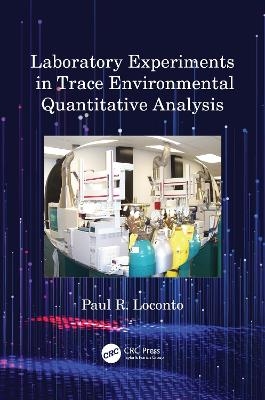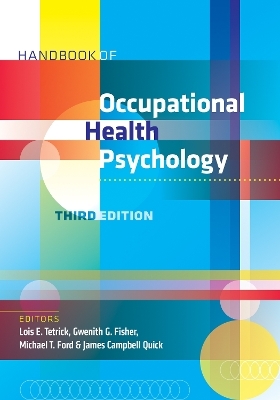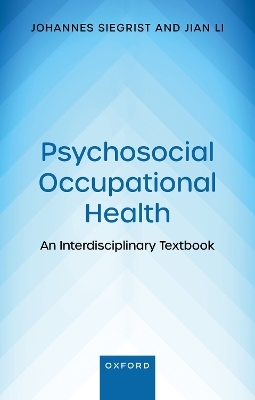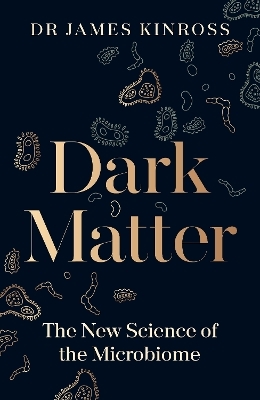
Laboratory Experiments in Trace Environmental Quantitative Analysis
CRC Press (Verlag)
978-1-032-19757-9 (ISBN)
Laboratory Experiments in Trace Environmental Quantitative Analysis is a collection of student-tested experiments that introduce important principles that underlie various laboratory techniques in the field of trace environmental organics and inorganics quantitative analysis. It crosses the more traditional academic disciplines of environmental science and analytical chemistry.
The text is organized to begin with minimally rigorous session/experiments and increase in rigor as each session/experiment unfolds. Each experiment features learning objectives, expected student outcomes, and suggestions for further study.
Additional features include:
Students are introduced to the principles and laboratory practice of instrumental analysis (determinative techniques) that are clearly presented.
Students are carefully taken through various ways to prepare samples for trace quantitative analysis (sample prep techniques). Safety warnings are listed within each experiment.
Students are introduced to all three types of instrument calibration: external, internal and standard addition.
Instructors who are responsible for laboratory courses in analytical chemistry with potential application to environmental sample matrices will find this textbook of value. Graduate programs in environmental science and engineering will also greatly benefit from the content.
Paul R. Loconto holds a Ph.D. in analytical chemistry from the University of Massachusetts Lowell and an M.S. in physical organic chemistry from Indiana University, Bloomington. He has published 35 peer-reviewed papers in analytical chemistry and in chemical education. He has given over 40 talks and poster presentations at various workshops, meetings, and conferences. After brief stints at the American Cyanamid Co. (Stamford, CT) and the Dow Chemical Co. (Midland, MI) and beginning in 1974, Dr. Loconto taught introductory, general, and organic chemistry at Dutchess Community College (Poughkeepsie, NY) for 12 years. He developed an environmental analysis laboratory course for the College’s natural resource conservation program. He also expanded the college’s capability in analytical instrumentation. He then joined NANCO Environmental Services (Wappingers Falls, NY) as R&D manager in 1986. While at NANCO, he received a Phase 1 Small Business Innovation Research (SBIR) Grant from the U.S. Environmental Protection Agency (U.S. EPA) to conduct trace analytical method development to identify and quantify traces of environmental organic contaminants in water using reversed-phase solid-phase extraction (RP-SPE) techniques. RP-SPE was relatively knew back then. The New York State Science and Technology Center matched the Phase 1 SBIR grant at that time. He also contributed to initiating a technical library while contributing to the laboratory’s training initiatives. He joined the Michigan Biotechnology Institute (Lansing) in 1990 where he led a small analytical research group in support of pilot scale fermentation studies in agricultural biotechnology. In 1992 he became the laboratory manager of the analytical laboratory in graduate research for environmental engineering at Michigan State University (East Lansing) where he conducted trace analytical method development for both the National Institute of Environmental Health Science (NIEHS) analytical core and the U.S. EPA Hazardous Substance Research Center while coordinating the development of an instructional analytical laboratory for the graduate school. In 2001, he joined the Michigan Department of Community Health, Bureau of Laboratories (Lansing) as a Laboratory Scientist Specialist. Here, in addition to training new employees on how to use gas chromatographs, gas chromatograph-mass spectrometers, high performance liquid chromatographs and Fourier Transform infrared spectrophotometers as well as RP-SPE sample prep techniques, he taught co-workers how to satisfy QA/QC requirements. He also focused on developing novel analytical methods for biomonitoring while conducting trace organics and inorganics quantitative analysis in support of the Laboratory Response Network for the U.S. Centers for Disease Control and Prevention (CDC). He retired in late 2013 yet continues as a consultant, educator, and writer.
An Introduction To pH Measurement: Estimating the Degree of Purity of Snow; Measuring Soil pH; Introduction to Ion Chromatography
Introduction to the Visible Spectrophotometer
Visible Spectrophotometric Determination of Trace Levels Of Iron In Groundwater
Spectrophotometric Determination of Phosphorus in Eutrophicated Surface Water
Determination of Anionic Surfactants by Mini-Liquid–Liquid Extraction (MINI-LLE) in an Industrial Wastewater Effluent using Ion Pairing with Methylene Blue
Comparison of Ultraviolet And Infrared Absorption Spectra of Chemically Similar Organic Compounds
Determination of Oil and Grease and of Total Petroleum Hydrocarbons In Wastewater via Reversed-Phase Solid-Phase Extraction Techniques (RP-SPE) and Quantitative Fourier-Transform Infrared (FTIR) Spectroscopy
Determination of the Degree Of Hardness in Various Sources of Groundwater using Flame Atomic Absorption Spectroscopy
Determination of Lead in Drinking Water using Graphite Furnace Atomic Absorption Spectroscopy (GFAA): External Standard vs. Standard Addition Calibration Mode
A Comparison of Soil Types via a Quantitative Determination of the Chromium Content using Visible Spectrophotometry and Flame Atomic Absorption Spectroscopy or Inductively Coupled Plasma–Optical Emission Spectrometry
Data Acquisition and Instrument Control using the Turbochrom Chromatography Software. An Introduction to High-Performance Liquid Chromatography (HPLC): Evaluating those Experimental Parameters that Influence Separations
Identifying the Ubiquitous Phthalate Esters in the Environment using HPLC, Photodiode Array Detection, and Confirmation by GC-MS
An Introduction to Gas Chromatography: Evaluating Experimental Parameters that Influence Gas Chromatographic Performance
Screening for the Presence of BTEX in Wastewater using Liquid–Liquid Extraction (LLE) and Gas Chromatography: Screening for THMs in Chlorine-Disinfected Drinking Water using Static Headspace (HS) Gas Chromatography
Determination of Priority Pollutant Volatile Organic Compounds (VOCs) in Gasoline-Contaminated Groundwater using Static Headspace (HS) and Solid-Phase Microextraction Headspace (SPME-HS) and Gas Chromatography
Determination of the herbicide residue Trifluralin in chemically treated Lawn Soil by Gas Chromatography using Reversed-Phase Solid-Phase Extraction (RP-SPE) sample prep techniques
Determination of Priority Pollutant Semivolatile Organochlorine Pesticides: A Comparison of Mini-Liquid–Liquid and Reversed-Phase Solid-Phase Extraction Techniques
Determination of Priority Pollutant Polycyclic Aromatic Hydrocarbons (PAHs) in Contaminated Soil using RP-HPLC-PDA with Wavelength Programming
Determination of Inorganic Anions using Ion Chromatography (IC): Anion Exchange IC with Suppressed Conductivity Detection
| Erscheinungsdatum | 13.04.2022 |
|---|---|
| Zusatzinfo | 15 Tables, black and white; 62 Line drawings, black and white; 11 Halftones, black and white; 73 Illustrations, black and white |
| Verlagsort | London |
| Sprache | englisch |
| Maße | 156 x 234 mm |
| Gewicht | 371 g |
| Themenwelt | Medizin / Pharmazie ► Medizinische Fachgebiete ► Arbeits- / Sozial- / Umweltmedizin |
| Studium ► Querschnittsbereiche ► Klinische Umweltmedizin | |
| Naturwissenschaften ► Biologie | |
| Naturwissenschaften ► Chemie ► Analytische Chemie | |
| Technik ► Elektrotechnik / Energietechnik | |
| Technik ► Umwelttechnik / Biotechnologie | |
| ISBN-10 | 1-032-19757-9 / 1032197579 |
| ISBN-13 | 978-1-032-19757-9 / 9781032197579 |
| Zustand | Neuware |
| Haben Sie eine Frage zum Produkt? |
aus dem Bereich


